September 2019
-
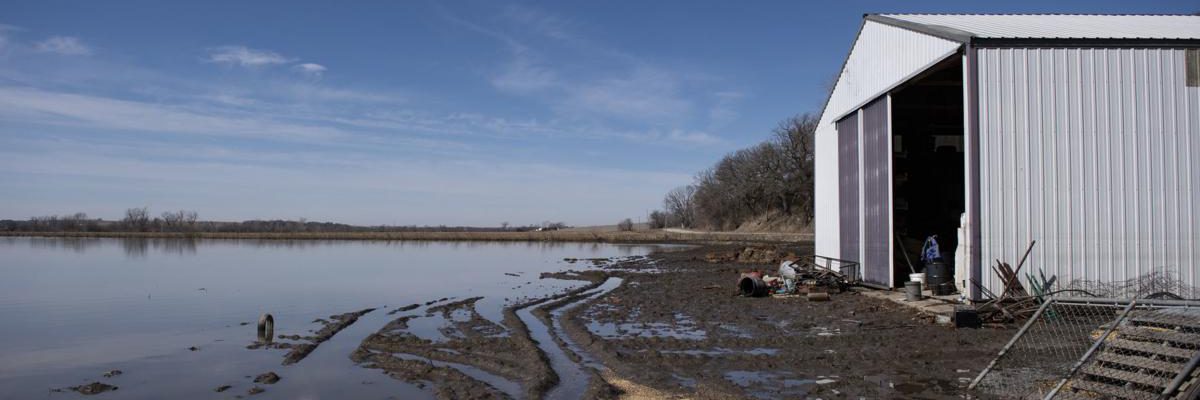
They grow a lot of corn in Iowa. And with the recent flooding followed by dry conditions, farmers in Iowa are very concerned about the potential for more extreme weather and how it may affect their bottom line as businesses. Since Iowa is one of the key states in setting the agenda for the election…
-
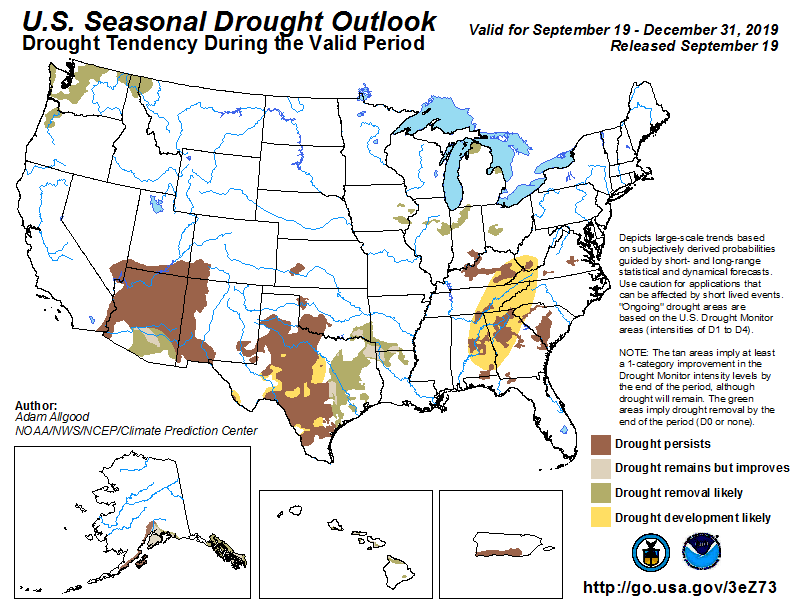
The latest monthly and seasonal outlooks were released by NOAA’s Climate Prediction Center earlier this week. They lean towards warmer than normal temperatures for both October and the October-December period across the region. This is based on long-term warming trends along with the neutral ENSO conditions we are currently in. For precipitation, there is a…
-

This week marks the 30th anniversary of the landfall of Hurricane Hugo on the South Carolina coast. Hugo caused tremendous damage along the coast, wiping out a lot of property as well as causing tremendous damage inland from the strong winds. I remember flying into Charlotte NC the day after Hugo and seeing many trees…
-
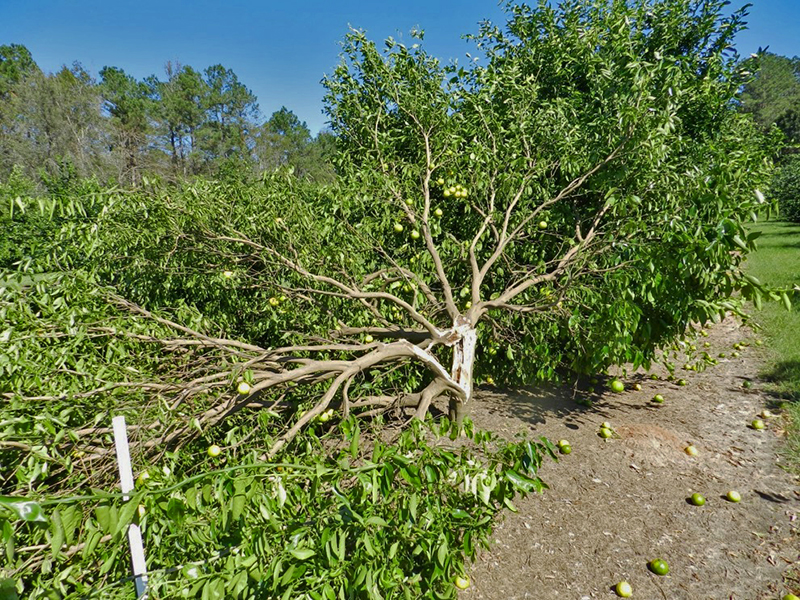
If you are a citrus grower or thinking of becoming one, you will want to look at this. UF/IFAS Extension did a study of their citrus experimental plots at Quincy FL following the passage of Hurricane Michael last year. The study showed that some varieties and rootstocks survived the hurricane winds much better than other…
-
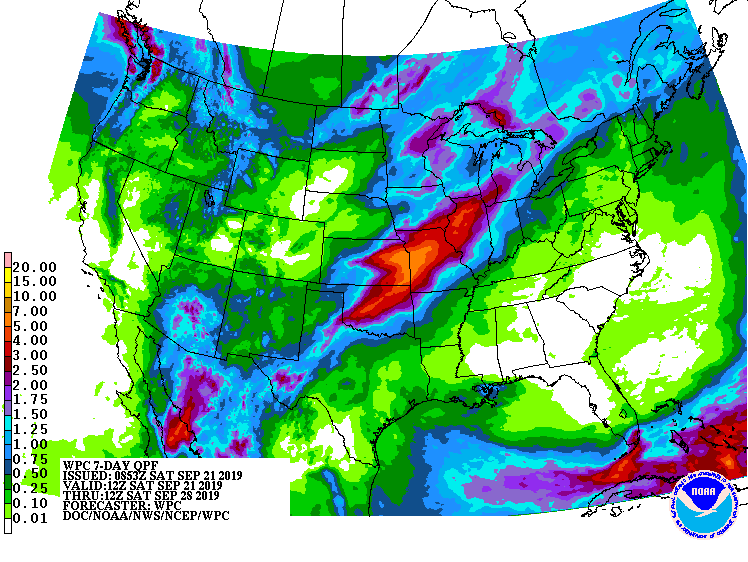
Unless you live in southern Florida, you are unlikely to see any rain at all for at least the next week according to the latest 7-day QPF map. This is bad, because coupled with the well-above-normal temperatures, moisture stress is going to cause problems for ripening crops and will make it hard to start fall…
Posted in: Climate outlooks -
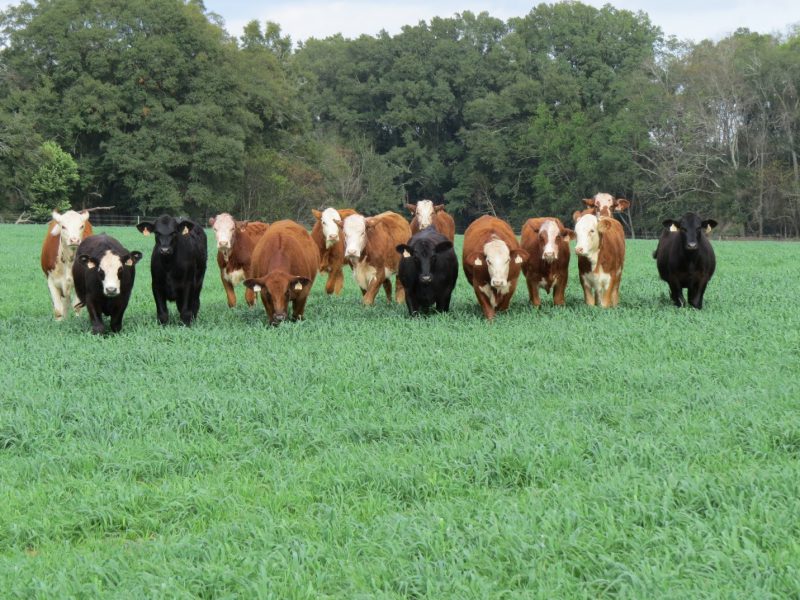
Now that it is fall, livestock producers are starting to think about how to feed their cattle over the winter. If you use warm-season forages, then you have to feed hay or grain to your cattle over the winter months. Adding cool-season annual forages to the mix can cut costs and keep your cattle healthy.…
-
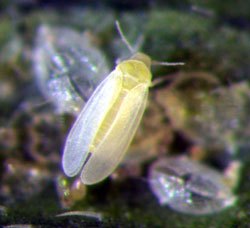
Growing Produce has a nice summary article this week on how weather conditions like hot temperatures, high humidity and wind affect the development and movement of insect pests that affect vegetable crops. While this article is written for the southwestern US, many of the same characteristics affect pests here in the Southeast. You can read…